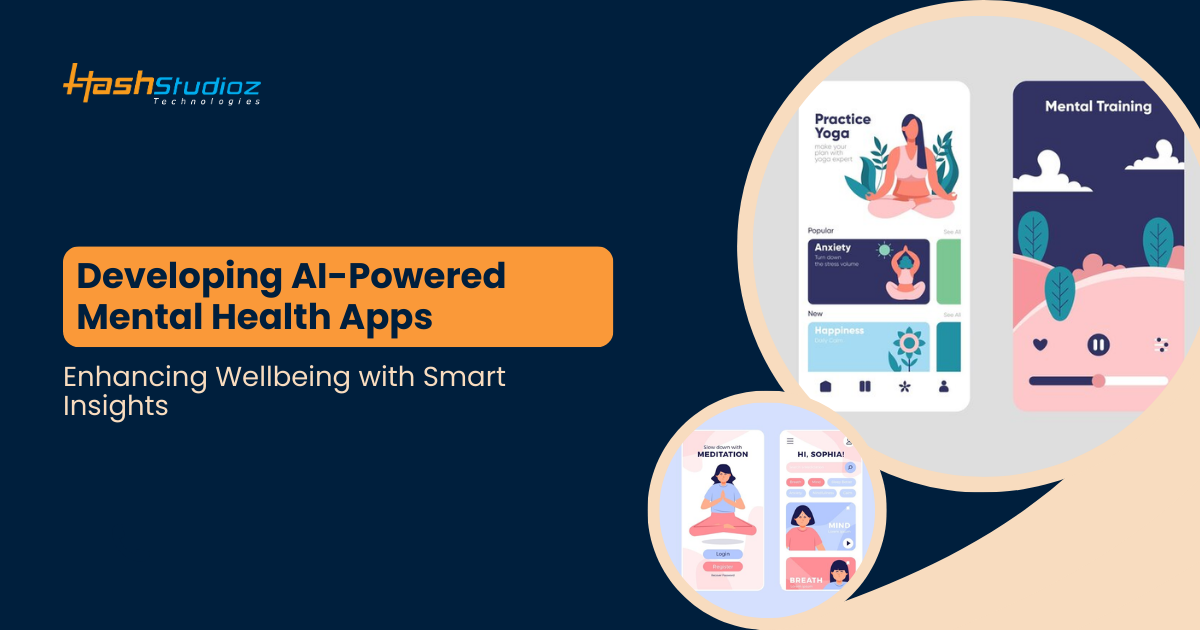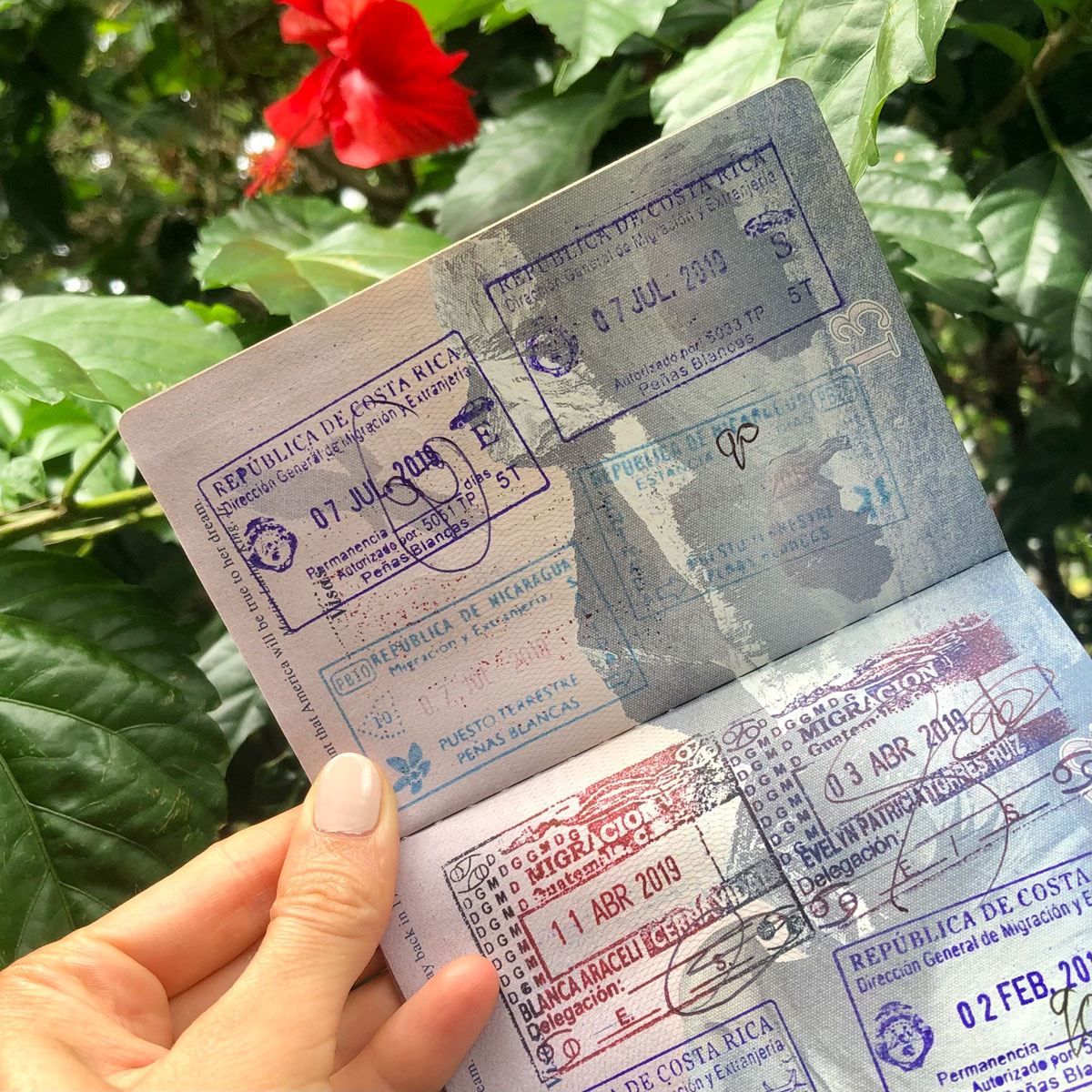Discover Pandipedia
Pandipedia is the world's first encyclopaedia of machine generated content approved by humans. You can contribute by simply searching and clicking/tapping on "Add To Pandipedia" in the answer you like. Learn More
Expand the world's knowledge as you search and help others. Go you!

Pollution represents a significant threat to wildlife and habitats globally, manifesting in various forms, including chemical runoff, plastic waste, and industrial pollutants. Each type of pollution imposes distinct consequences on ecosystems, leading to destabilization and endangerment of numerous species.
Effects of Chemical Pollution

One of the most pressing issues is agricultural runoff, which is a major contributor to water pollution. The improper use of fertilizers and pesticides in farming results in hazardous chemicals entering waterways, leading to toxicity in aquatic ecosystems. This chemical runoff disrupts reproductive systems and causes hormonal imbalances in wildlife, severely impacting populations of species such as amphibians, fish, and birds. For example, studies have shown that pollutants can weaken immune systems and cause physical deformities in amphibians, contributing to the extinction of species like the Monteverde golden toad[1][3].
Additionally, bioaccumulation poses severe risks, particularly to predators in the food chain. For instance, Peregrine Falcons experienced a dramatic population decline due to the pesticide DDT, which accumulated in their bodies through contaminated prey. The result was not only sickness but also reproductive failures due to weak eggshells[1]. Such instances highlight how toxins can ripple through ecosystems, impairing health and decreasing species populations from the bottom to the top of the food chain.
The Plastic Pollution Crisis

Plastic pollution is another critical threat facing wildlife. This form of pollution typically manifests in oceans and freshwater systems, where animals often mistake plastic debris for food. Sea turtles, for instance, frequently consume plastic bags which resemble jellyfish, leading to severe digestive blockages and often death[1][7]. Furthermore, animals like seabirds are known to ingest various plastic items, which can cause malnutrition and starvation. The issue extends to microplastics, which infiltrate the food web and accumulate in marine species, further exacerbating health issues as these toxins move up the food chain[5][7].
Marine debris, such as discarded fishing gear, poses physical hazards as well, causing entanglement for marine mammals and birds, resulting in injury or death. The presence of microplastics in the diet of oceanic species is a growing concern since they can lead to chemical poisoning as the plastics absorb harmful substances from the environment[5][7].
Challenges Presented by Eutrophication
Eutrophication is a significant consequence of nutrient pollution, primarily from nitrogen and phosphorus originating in agricultural runoff. This process leads to harmful algal blooms that deplete oxygen levels in water bodies, creating dead zones where aquatic life cannot survive. The suffocation of fish and other aquatic organisms threatens biodiversity and disrupts the stability of ecosystems[2][4][6]. As vital habitats like estuaries and wetlands are compromised, the species that depend on these environments for breeding and sustenance face alarming declines.
Habitat Destruction and Loss

Pollution is compounded by habitat destruction, which is primarily human-induced. The clearing of land for agriculture and urban development significantly reduces the natural spaces where species thrive. More than 80% of global species rely on forests, which are disappearing at an alarming rate due to human activities[4][6]. As natural habitats are lost or altered, the ability of ecosystems to support wildlife diminishes, creating a cascade of negative effects that further harm animal populations.
Public Awareness and Action Needed
Despite widespread awareness of these issues, many people are still unaware of the severity of pollution’s impact on waterways and ecosystems[2]. A survey revealed that while nearly three-quarters of individuals value access to clean waterways for recreation, there is a disconnect regarding the pollution affecting these environments. Less than half of the respondents recognized agricultural pollution as a leading issue, highlighting the need for greater public education and advocacy[2].
Governments and communities must take immediate and decisive action to mitigate pollution and protect habitats. This includes safeguarding freshwater ecosystems, enhancing regulations on agricultural practices to reduce chemical runoff, and implementing measures to combat plastic waste effectively[2][3][9]. The urgent need for systemic change in policy and practices is essential to safeguard future biodiversity and ensure the health of both wildlife and human populations.
Conclusion

Pollution significantly impacts wildlife and habitats through various mechanisms, including chemical contaminants, plastic debris, and habitat destruction. The resulting challenges not only threaten individual species but also jeopardize entire ecosystems, highlighting the interconnectedness of environmental health and biodiversity. As society grapples with these challenges, proactive steps must be taken to reduce pollution at its source and restore the health of our natural world for current and future generations.
Let's look at alternatives:
- Modify the query.
- Start a new thread.
- Remove sources (if manually added).
- Request a manual search from our human research team.
Let's look at alternatives:
- Modify the query.
- Start a new thread.
- Remove sources (if manually added).
- Request a manual search from our human research team.
Get more accurate answers with Super Search, upload files, personalised discovery feed, save searches and contribute to the PandiPedia.
Overview
Digital nomads, professionals who work remotely while traveling, enjoy unparalleled flexibility, yet they face a range of legal challenges. Many sources highlight that the legal landscape for these individuals is complex and multifaceted, involving visa and immigration hurdles, taxation and social security obligations, employment contract issues, data protection requirements, intellectual property concerns, and other regulatory compliance challenges[1][2][7]. This report provides a comprehensive overview of key legal issues digital nomads may encounter and emphasizes the importance of professional advice and careful planning to meet these challenges.
Visa and Immigration Challenges
One of the primary legal hurdles digital nomads must navigate is securing the appropriate visa or work permit. Numerous sources stress that working on a tourist visa is often not permitted, and many countries have introduced specific digital nomad visa programs to allow remote work legally[1][6]. Nomads must ensure that they comply with the destination country’s immigration requirements, as failing to obtain the correct visa can lead to penalties, deportation, or bans on re-entry. Overstaying the allowed period or misinterpreting what ‘working’ means in these jurisdictions can create additional legal exposure and uncertainty[1][6].
Taxation and Social Security Complications

Tax matters constitute another major legal concern. Digital nomads can trigger tax liabilities in multiple jurisdictions due to unclear tax residency rules, which are typically based on the number of days an individual spends in a country[5][8]. Many sources caution that nomads may face dual taxation unless international tax treaties and relief measures are properly applied. Furthermore, contributions to social security become complicated when an individual works across borders. Employers and digital nomads alike must consider whether local payroll, national insurance, or equivalent contributions are required, and they may need to secure certificates like the A1 form to prevent double contributions[4][5][10].
Employment and Contractual Issues
Employment law also poses significant challenges for digital nomads. Several texts note that misclassification issues—whether a worker is an independent contractor or an employee—can lead to disputes over statutory rights, benefits, and termination protections[1][11]. Remote working arrangements can blur traditional definitions, complicating issues such as working hours, overtime, and statutory leave entitlements. Contracts that do not clearly define the governing law or dispute resolution mechanisms across jurisdictions further exacerbate these problems and may leave digital nomads with fewer legal protections than their on-site counterparts[1][11].
Data Protection and Cybersecurity
The nature of digital work makes data protection and cybersecurity a critical legal issue. Digital nomads often use public Wi-Fi and various remote working platforms to connect to company systems. Sources explain that inadequate security measures can expose sensitive personal and business data, potentially violating laws such as the GDPR in Europe and similar regulations elsewhere[3]. Best practices include using VPNs, encrypting data, and adopting secure file-sharing methods. Failure to adequately protect data not only increases the risk of breaches but could result in significant regulatory fines and reputational damage[3].
Intellectual Property and Business Registration
Another legal challenge concerns the protection of intellectual property (IP). Digital creators may find that online content is easily copied or misused, leading to disputes over copyright, trademark, or patent rights[3][9]. Several sources highlight that businesses must register their IP, use watermarking techniques, and include clear IP clauses in contracts to safeguard creative works and proprietary information. Moreover, many digital nomads are required to register their businesses in one jurisdiction while operating internationally, which can create complications regarding local licensing and regulatory compliance[3][9].
Additional Regulatory Considerations
Other legal issues for digital nomads include local labor law differences, insurance, and health regulations. Sources emphasize that employees working abroad may face varying employment protection standards, such as mandated minimum leave or health and safety requirements, which differ significantly from those in their home countries[6]. Employers are advised to review local business registration and licensing requirements if digital nomads intend to operate as independent entities. Additionally, organizers of remote work must account for travel-related risks, such as ensuring adequate health insurance coverage and liability protection in foreign jurisdictions[6][10].
Conclusion

Digital nomads encounter a range of intertwined legal issues that span immigration, taxation, employment law, data protection, and intellectual property rights. The adaptability required by their lifestyle makes standard legal frameworks challenging to apply directly. For both individuals and their employers, it is vital to seek specialized legal and tax advice, maintain meticulous records, and use secure technological practices to mitigate risks. By understanding and planning for these legal challenges, digital nomads can better enjoy the benefits of a location-independent lifestyle while remaining compliant with the laws of multiple jurisdictions[1][2][7][8].
Let's look at alternatives:
- Modify the query.
- Start a new thread.
- Remove sources (if manually added).
- Request a manual search from our human research team.

Sea fret, also known as coastal fog or haar, is a peculiar phenomenon that occurs on the east coast of the UK[4], particularly in places like Northumberland, Scotland, Scarborough, and along the eastern coast of[4] England. It is caused by warm, moist air passing over the cold surface of the North Sea[4], leading to the condensation of moisture and the formation of fog. This fog can reduce visibility and disorient people, making it potentially dangerous, especially for activities like shipping and oil platforms[4]. Sea fret typically occurs in the spring and summer months when[1] the sea stays relatively cold[1], and can be blown over the coast and inland areas by light winds. It can persist for several days[2] if winds continue blowing east[2] or if land temperatures aren't high enough. The sudden nature of this weather can cause danger due to reduced visibility, and it is typically burned away by sunshine. Overall, sea fret is a cold sea fog[3] that significantly impacts the east coast of the UK, with variations of the term in Scots and northern English[3] such as har, hare, harl, harr, and hoar. Its origin is related to Middle Dutch haren[3], referring to a cold, sharp wind.
Let's look at alternatives:
- Modify the query.
- Start a new thread.
- Remove sources (if manually added).
- Request a manual search from our human research team.
Let's look at alternatives:
- Modify the query.
- Start a new thread.
- Remove sources (if manually added).
- Request a manual search from our human research team.

AI improves mental health app personalization by analyzing user data, such as daily mood logs, sleep patterns, and activity levels, to provide tailored insights and recommendations. For instance, if an app detects increased anxiety, it can suggest specific exercises like mindfulness techniques or relaxation strategies suited to that individual user’s needs[1].
Additionally, AI models utilize predictive analytics to identify early signs of mental health deterioration, enabling timely interventions. By recognizing patterns that may not be visible to humans, such as changes in sleep or activity levels, AI can prompt proactive steps, enhancing users' mental well-being[1][2].
Let's look at alternatives:
- Modify the query.
- Start a new thread.
- Remove sources (if manually added).
- Request a manual search from our human research team.
Get more accurate answers with Super Search, upload files, personalised discovery feed, save searches and contribute to the PandiPedia.

Existentialism is a philosophical inquiry that focuses on the existence of the individual and asserts that individuals must embrace responsibility for their actions and strive to lead authentic lives, despite the universe's inherent absurdity or incomprehensibility. It examines concepts like meaning, purpose, value, existential crises, angst, courage, and freedom[1].
The term 'existentialism' was coined by the French philosopher Gabriel Marcel in the mid-1940s, and the movement includes contributions from notable thinkers such as Søren Kierkegaard, Friedrich Nietzsche, Jean-Paul Sartre, and Albert Camus[1]. A central tenet of existentialism is the idea that 'existence precedes essence,' implying that individuals define themselves through their actions and choices rather than through predetermined categories or essences[1].
Existentialism emphasizes personal freedom, individual responsibility, and deliberate choice as crucial to self-discovery and finding meaning in life[1]. It rejects traditional systematic philosophies as too abstract, advocating instead for authenticity and concrete human experience[1]. Notably, existentialist themes also explore the absurdity of existence and the struggle to find meaning in a seemingly indifferent universe, as illustrated by works involving the experiences of individuals facing their own freedom and the consequences of their choices[1].
Let's look at alternatives:
- Modify the query.
- Start a new thread.
- Remove sources (if manually added).
- Request a manual search from our human research team.

Fresnel recognized the advantages of a plano-convex lens to refract, in lines nearly parallel to their axis, all the rays emanating from their foci[7]. He built up the lenses in stages to correct their spherical aberration and obtain full command over the rays of a lamp[7].
The stories related by Arabs and European travelers must be very cautiously examined[1]. It may be seen, in the presented design, that catoptric apparatus is composed of nine reflectors generally arranged in groups of threes[1]. A rotatory machine sets the system in motion, and eclipses at greater or shorter intervals are obtained by the varying speed with which it's worked[1].
Let's look at alternatives:
- Modify the query.
- Start a new thread.
- Remove sources (if manually added).
- Request a manual search from our human research team.

Fashion is often viewed as more than just a means of covering one's body; it acts as a profound form of self-expression that reflects individual identity, moods, values, and social contexts. This multifaceted relationship between fashion and self-expression highlights the psychological impact of clothing choices and their significance in conveying one's personality and aspirations.
Fashion as a Reflection of Identity

Clothing choices serve as powerful indicators of personal beliefs, cultural backgrounds, and individual tastes. Each outfit can communicate distinct messages about who we are, allowing individuals to present their unique identities to the world. The colors and styles chosen can express moods and character traits; for example, vibrant colors may portray boldness, while muted tones might signify a more reserved personality[3][5][10]. According to Rachel Zoe, fashion serves as a nonverbal means of communication, projecting one’s identity without needing words[10].
Moreover, our stylistic preferences often reflect our self-concept, which encompasses how we see ourselves and how we want others to perceive us. When individuals wear clothing that resonates with their self-image, it can enhance their overall self-esteem and confidence. This notion is supported by psychological theories such as 'enclothed cognition,' which suggests that the attire we choose can significantly affect our thoughts, behaviors, and emotional states[4][8]. For instance, individuals often feel empowered and confident when dressed in formal attire, as it can instill feelings of authority and competence[4].
The Psychological Impact of Clothing

Fashion choices directly influence how individuals feel about themselves. Various studies have shown that wearing clothing associated with power and competence can elevate self-perception and confidence levels. For example, participants in a study reported feeling more competent when donning formal attire, such as a suit or a tailored dress[4][8]. In contrast, wearing outfits that evoke discomfort or insecurity can lead to decreased self-esteem and an overall negative self-image[5].
Additionally, the context in which clothing is worn plays a crucial role. For example, the same outfit might convey a professional image in a workplace but can be viewed as casual in a social setting. Hence, individuals often manipulate their wardrobe choices based on the relevant contexts, reflecting adaptability in their self-expression[7]. By dressing appropriately for different occasions, people are able to project their desired identities and navigate social environments effectively.
Social Identity and Group Dynamics

Fashion also operates as a social signaling tool, allowing individuals to align with specific social groups or subcultures. The styles and brands that people choose can indicate their affiliations and aspirations. Wearing particular clothing can foster a sense of belonging, encapsulating how fashion connects individuals with the communities they identify with[5][9].
This social dynamic can sometimes result in individuals suppressing their own stylistic preferences in favor of conformity to group norms, especially in environments where specific dress codes are enforced, such as schools or workplaces. As highlighted in the literature, clothing can enforce a sense of conformity or belonging to a group, making it vital for individuals to navigate these expectations while attempting to maintain their personal identities[9].
Empathy and Individuality Through Fashion
Fashion has the potential to challenge societal norms and prejudices, creating opportunities for individuals to express diversity and assert individuality. For example, wearing garments that defy traditional gender norms can promote discussions around identity and inclusivity, allowing individuals to explore different facets of who they are in a socially affirming context[5][10].
Moreover, as young individuals experiment with their fashion choices, they can reflect their experiences and transformations. Fashion becomes a tool for self-exploration, contributing to the development of their identities as they navigate through various social landscapes. This exploration is not limited to visual aesthetics; it extends to embodying one’s values and beliefs, especially through sustainable and ethical fashion choices[9].
Conclusion: The Transformative Power of Fashion
In summary, fashion plays a crucial role in self-expression by serving as a canvas through which individuals can convey their identities, emotions, and values. The intricate connections between clothing choices, self-perception, and social identity illustrate how style can empower and enable personal narratives. As individuals continue to navigate the complex interplay of fashion, society, and identity, the choices they make in their attire can affirm who they are and how they wish to be perceived in the world around them. By understanding and embracing the role of fashion in self-expression, one can cultivate a deeper connection with their own identity and foster authentic interactions with others[1][6][10].
Let's look at alternatives:
- Modify the query.
- Start a new thread.
- Remove sources (if manually added).
- Request a manual search from our human research team.

Starbucks sells an estimated 4 million cups of coffee per day, highlighting its significant presence in the global coffee market. This translates to around 500 cups sold per store on average, showcasing the high demand for its products across more than 30,000 locations worldwide[1][3][5].
Additionally, some sources suggest that Starbucks's daily coffee sales can reach as high as 8 million cups when considering variations in reporting and peak times[2][3]. The company's ability to attract approximately 60 million customers each week underscores its popularity and influence in the coffee industry[4][5].
Let's look at alternatives:
- Modify the query.
- Start a new thread.
- Remove sources (if manually added).
- Request a manual search from our human research team.

